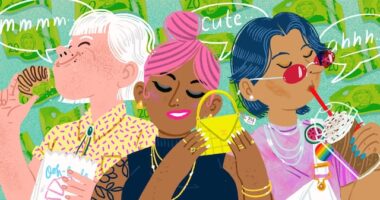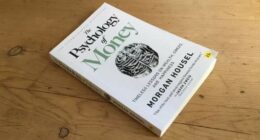The Psychology of Spending: Why We Buy What We Don’t Need
In the age of consumerism, people often spend beyond their needs—and sometimes even beyond their means. But what drives this behavior? It’s not just about flashy advertisements or seasonal sales; it’s deeply rooted in human psychology.
1. Emotional Spending
Many purchases are driven by emotion rather than logic. Stress, boredom, or even happiness can trigger impulsive buying. People shop not always to acquire, but to feel something—relief, excitement, or control.
2. Social Influence
Humans are social beings, and we tend to mimic the financial habits of those around us. If your peers upgrade their phones, cars, or wardrobes, you might feel pressured to do the same—even if your financial situation doesn’t align.
3. The Illusion of Value
Sales and discounts create a sense of urgency and make people believe they’re saving money when, in fact, they’re spending more than planned. “Buy one, get one free” isn’t always a necessity—it’s a marketing trick.
4. Future Optimism
We often assume that future income will cover today’s spending. This optimism bias leads to overuse of credit cards and personal loans, putting future financial stability at risk.
5. Identity and Self-Worth
For some, purchases are tied to identity. Wearing branded clothing or owning the latest tech can offer a sense of status or self-esteem. But financial well-being comes from security, not symbols.
Conclusion
Understanding the psychological triggers behind spending can help us make smarter financial decisions. Budgeting isn’t just about numbers—it’s about knowing yourself. The key to financial freedom isn’t how much you earn, but how mindfully you spend.







